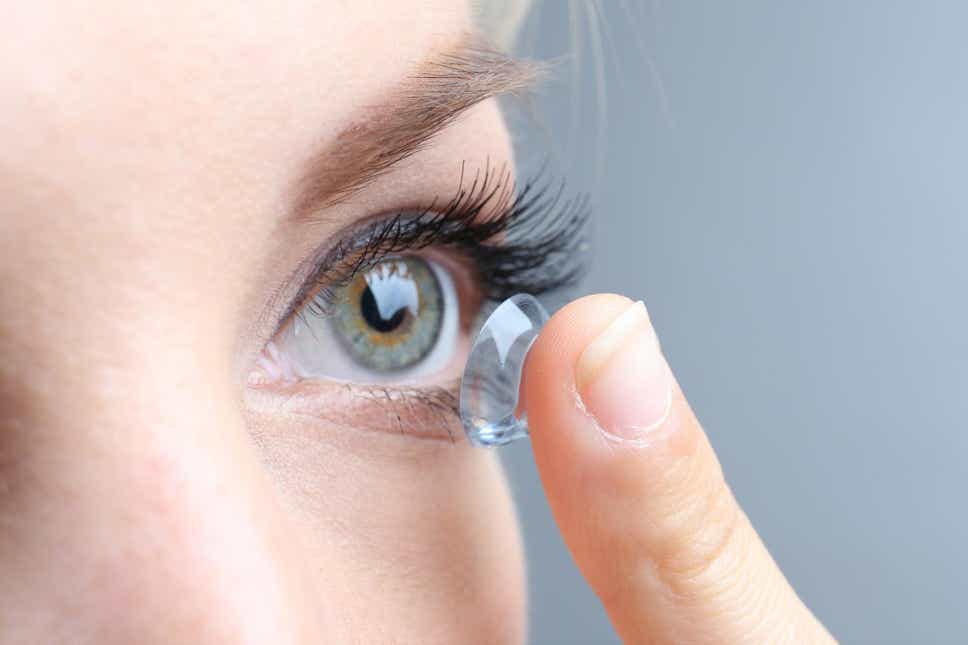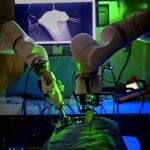
For years, there have been sunglasses that can get darker or lighter depending on the UV radiation a wearer is subject to. Until now, however, that technology has been limited to standard eyeglasses — leaving contact lens wearers to squint or put on another pair of sunglasses (but as you will see later on, this innovation should not serve as a replacement for sunglasses). The U.S. Food and Drug Administration is working to change that. The organization just gave its seal of approval to the first-ever contact lenses that use photochromic technology.
A unique additive will automatically darken the lenses when they’re exposed to bright light. The lenses will clear up whenever they’re back in normal or darker lighting conditions.
“This contact lens is the first of its kind to incorporate the same technology that is used in eyeglasses that automatically darken in the sun,” said Malvina Eydelman. Eydelman serves as director of the division of ophthalmic, and ear, nose, and throat devices at the FDA’s Center for Devices and Radiological Health.
It’s good for nighttime driving too
The FDA approved the technology after extensive trials and clinical studies. One study had 24 wearers use the contacts while driving in both daytime and nighttime settings. The FDA found that there were no problems with driving performance or issues with vision while wearing those contact lenses.
In the trials, the lenses were found to reduce halos by an average of 18% and starbursts by up to 28%, these effects were more pronounced for those aged between 40-65. This particular trial had 54 participants.
But these light-adaptive contact lenses aren’t for everyone
Like other prescriptions and medical technology, the lenses aren’t for everyone. The FDA cautions that people with inflammation or frequent eye infections shouldn’t wear the lenses. Anyone who suffers from certain eye diseases or long-standing eye injuries should also avoid them. Finally, people who have severe dry eye or frequent allergic reactions should note that their states could be worsened by wearing these lenses
And, like most other contact lenses on the market, the FDA said wearers shouldn’t sleep with the contact lenses in or expose them to water.
Trials of the photochromic lenses were conducted in 2019 and the first — and, as of August 2021, only — commercial product hit the market in the same year. It’s sold under the name OASYS with Transitions™ and is produced by Acuvue.
Over the last several years, more than 40 million Americans have reported using contact lenses, according to the U.S. Centers for Disease Control and Prevention. In the U.S. alone, 42 percent of the population aged 12 to 54 are nearsighted, and 10 percent of all Americans are farsighted.
A small health warning
While these lenses offer a huge convenience for some people — especially for those with sensory issues — they do not offer a substitute for sunglasses altogether. The reason being that it doesn’t cover the entirety of the exposed eye tissue, only a circular area around your iris. The eye is a rather sensitive organ and if you think you would normally need sunglasses in a given scenario, you should be wearing them, even with these lenses on (they are also compatible with sunglasses anyway).


Comments are closed